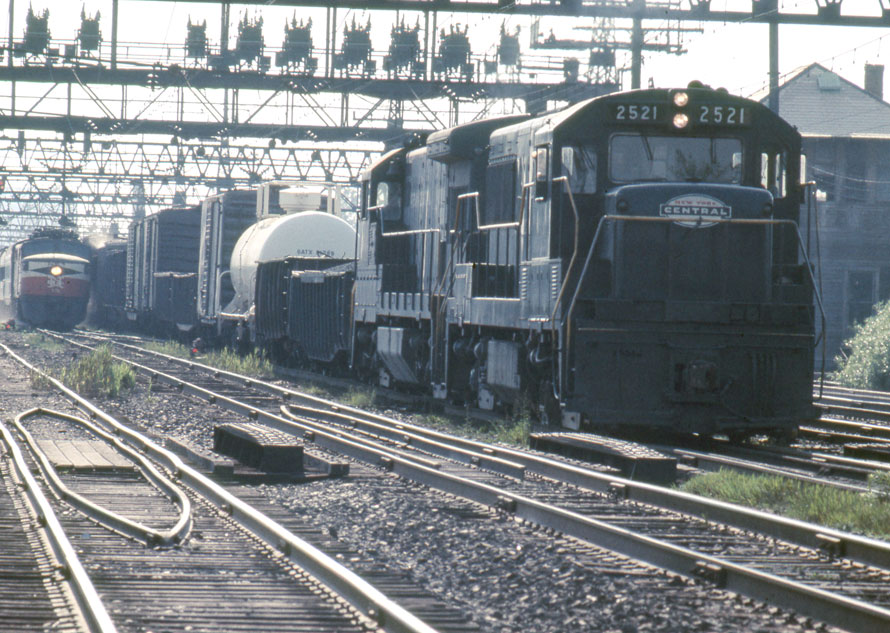
Back in 1970 we still had the sixteen hour law and many freight jobs out of New Haven, Connecticut would work 15:59 so they did not outlaw. If you worked 16 hours you had to have 10 hours rest. But any other amount of time meant you only had to have 8 hours off. Any job that went into New York had to have a fireman on it as they still had a full crew law; this was the way it was until about the 80’s. One of the jobs that went to NY was NH-1 that turned for HN-2. It was called the Drop as it made many stops along the way. The engineer on the job at that time was Joe De Cuffa, who was another great guy to work with and knew his job well. He enjoyed having firemen to teach and was the first engineer that started teaching me how to run a freight train. Before 1974, to become an engineer you were a firemen for a while, as a rule, about three to four years. During that time you worked with many men and most would have you sit in the seat and show you how they ran their train. At the end of your years of doing it that way you took exams on rules, air brake and mechanical aspects of the engines, and then qualified on the characteristics of the road. That last part was where you sat with the rules examiner and he would say take me from a point some place on the section of track you were doing to another part until he was satisfied you knew where you were. This meant each signal, switch, station, interlocking, speeds and any other special instruction you would have to know.
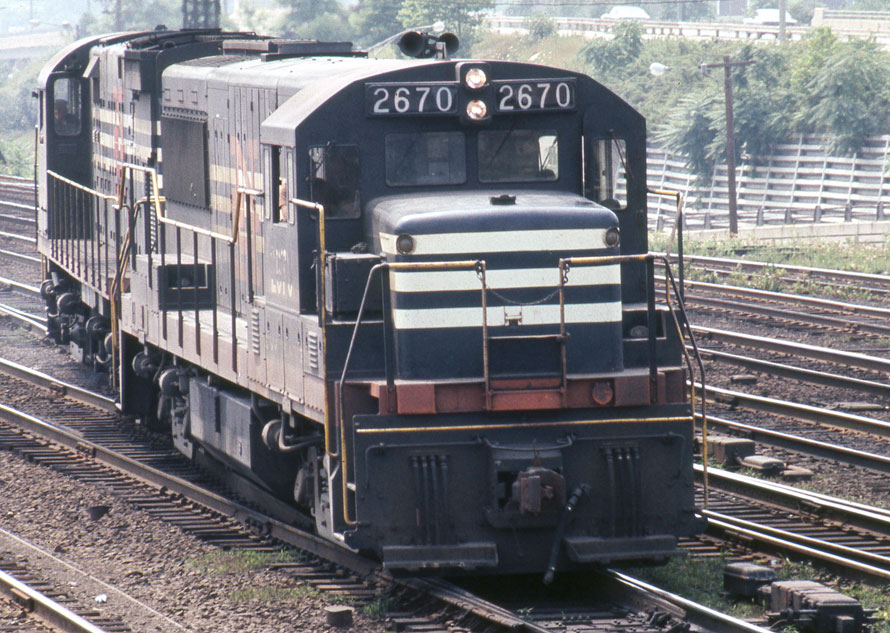
One night when Joe’s regular fireman was booked off, I covered the job and while Joe was standing over me giving instruction he told me something I never forgot. He explained that on this job he counted how many times he could make a mistake, he counted how many signals both hand as well as along the tracks he was on, how many times he put the brake on and if he did not control the slack in the train he would get a knuckle. How many speeds he had to run between New Haven and Harlem river yard and back. When you think about an engineer’s job that way it’s a bit mind boggling. None of the safety features then like today for back up; just you and your firemen watching each other. Every engineer reading this knows what I am talking about. Each craft on the railroad has many rules to follow so there are no wrecks and/or people getting killed. At the end of each craft’s day, from the people in the office to the trackmen on the ground, there is much that goes on, that to seasoned railroad people, becomes a way of life. That trackman standing out in the gauge has about four and a half feet that if he steps beyond has a good chance of getting hit by a train. That clerk who puts the paper work together for a freight train could make a mistake about a dangerous load in the wrong location of the train. This is a very short version of what the different crafts do to get a train over the road.
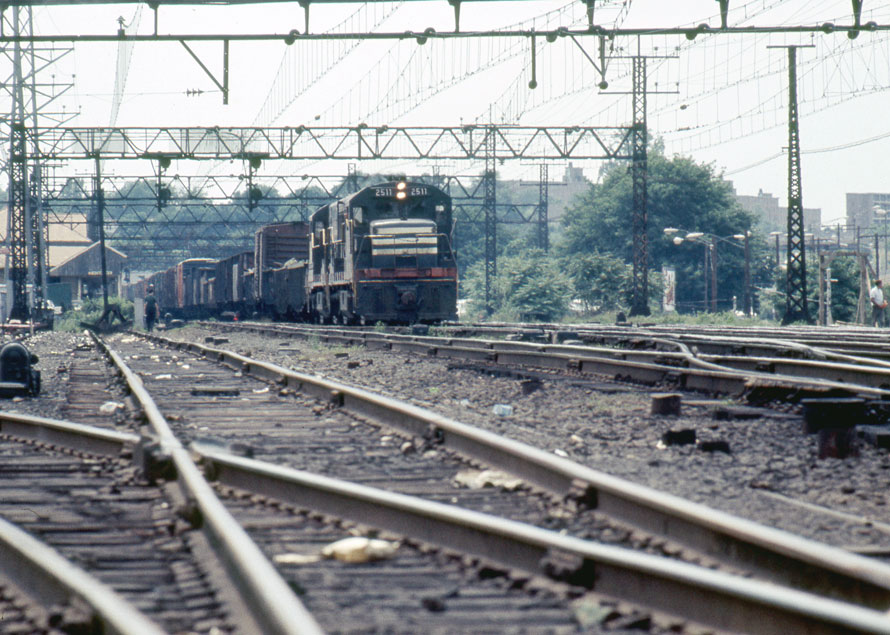
NH-1 reported at Cedar Hill at 6 PM. Like all jobs, the foremen would give you the power and let you know it was ready. You would sign up and look at the bulletins that pertained to the railroad you ran over, the conductor would call the Yard Master and he would let you know when it was ok to come off the storage track and what track your train was on and if it was ok to tie on. If the car department was still working the train you would not tie on as the men were making sure doors were closed and brake shoes were all good. We still had some old style bearing’s on the freight cars that always needed to be checked for well-oiled rag waste so you did not get a hot box. After you tied on, while the engine crew did the brake test, the conductor was on the phone with the train dispatcher, the operator at New Haven East, and some other yard masters you would be dealing with along the way. If all went well we would be at the signal at Mill River about 7:30 give or take. Now the long night had begun. A good operator at New Haven East would let you know when you would get a shot through the station without stopping either in the cut or at the station. One of the best operators on second trick was Charlie Fullerton. He knew how to railroad and you always got a good move from him. He would be in the window of the tower waving to us looking the train over for sticking brakes, hand brakes, sparks of any type or doors open. Many people along the way always did that as did trains you passed. If a problem was spotted, since there were no radios back then, the operator running New Haven West would hold the signal at Woodmont against you and you would go to the phone to find out what the problem was.’
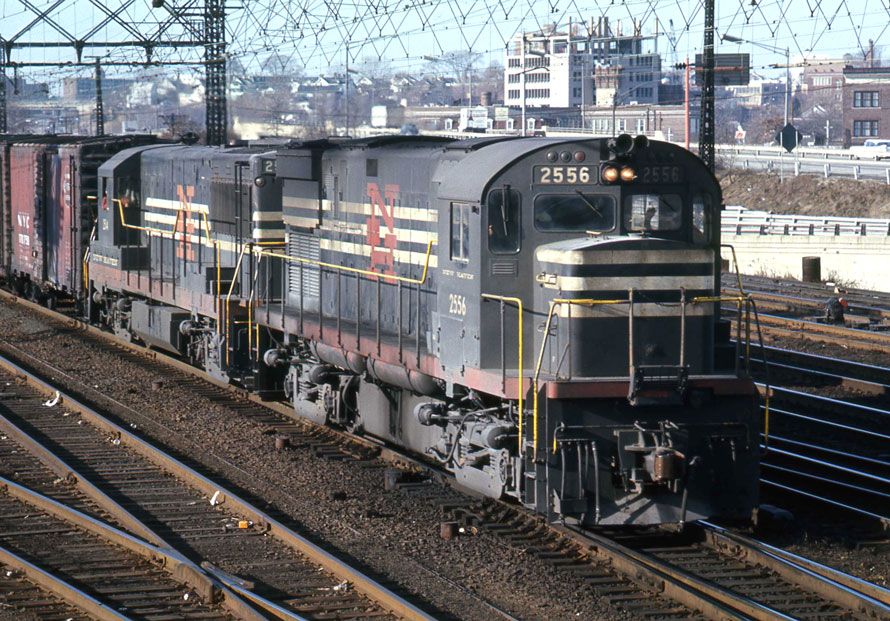
Our first stop was East Bridgeport Yard for a set off. The conductor and brakemen would bail off as you went by the home board at Central Tower. The conductor went to the phone to call the yardmaster to get the track you would leave the cars on, while the brakemen would swing you up with his light when you were getting close to the car he was to make the cut behind. After you stopped with the slack bunched up he would give you a go ahead and you pulled west toward the board at Peck Bridge and stopped. You were now clear of the eastbound signal at Central and after the hand thrown yard switches were lined for the correct track the conductor waved his light to the operator. At this point, the operator at Central would line you from track one into the yard. Then he would tell the operator at Peck and he would dim and brighten the home board three times, and you knew it was safe to back up. After about a quarter of a mile, because the track is straight by this time, you could see the brakeman giving a big back up. He was watching the conductor east of him in the yard for a signal. You would drop your car’s head pin and go back and tie on to the train and continue west. Next stop, East Norwalk.
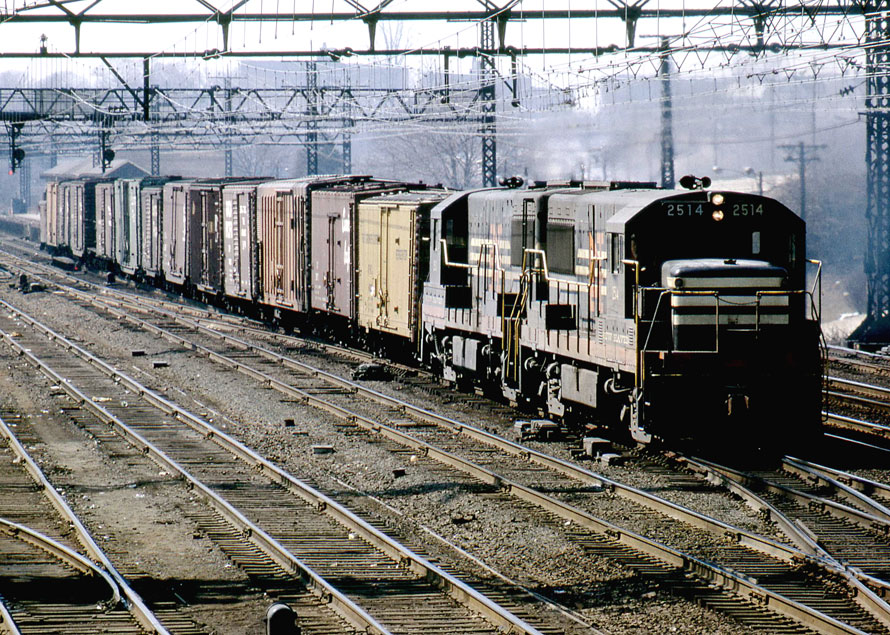
You made your stop at the East Norwalk station and the conductor had already spoken to the dispatcher and he knew you were going to be a few minutes while the firemen went to the diner up the street for coffees for the crew. Then you pulled down to the signal at Norwalk and blew the horn a few times, this let the operator at Berk Tower know you were ready to take some cars and shove them into Dock Yard for NX-6 and a yard switcher that worked there. Again the conductor bailed off going by the switch for the Danbury main and walked to the yard to make sure the hand thrown switches were thrown, relayed that he was ready to the tower and he in turn would give us the signal to shove into the yard. Most of this move was all done without hand signals because of the curves making this move. Remember, no radio’s, so everyone had to be on top of their game with no room for any errors. After putting the cars in the clear we would head pin and go back out and tie onto our train and be on our way to Stamford. I don’t think we stopped there every night. I believe BG-1 handled the cars for Stamford. So our next stop was New Rochelle New Yard where we left some cars and would then head down the branch.
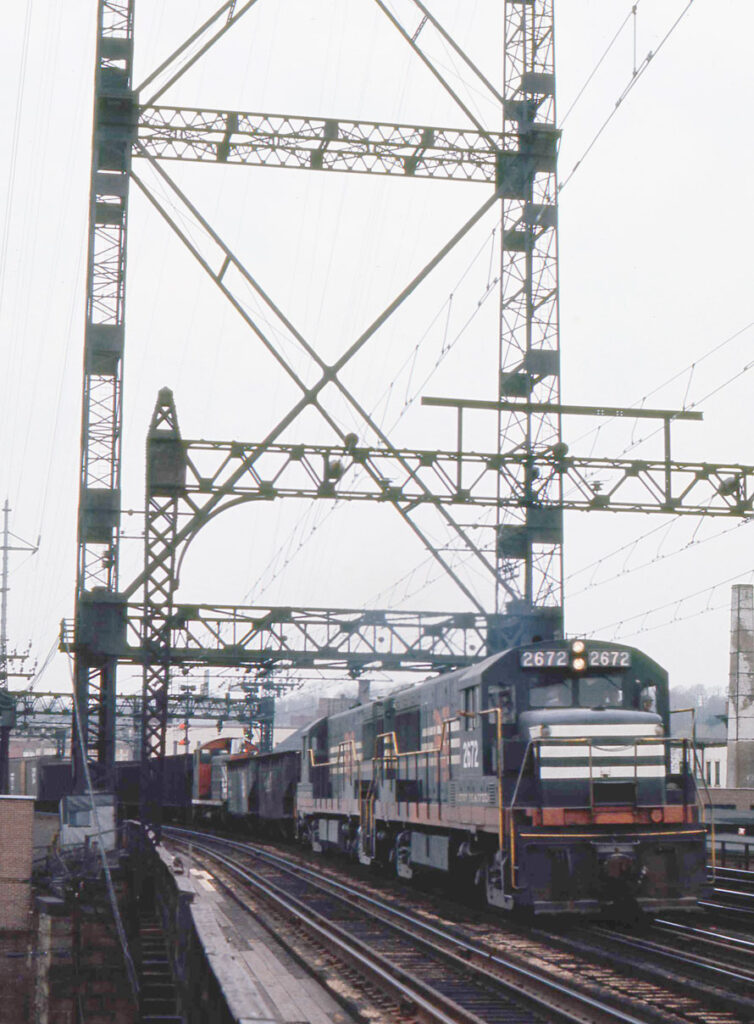
Back then, the signals were in service on tracks 5 & 6. Pelham Bay would cross us over to 5 and our next stop was Oak Point Yard. The operator at Market Tower knew you were coming and let the Yard Master know. They did everything they could so they did not have to stop you east of the tower. Back then, this area of the Bronx had people who were experts at disabling a train. If you stopped, they knew to close the angle cock and the brakes would not pump off when you went to move. During that time, they always seemed to know what cars had beer or liquor in it. They were thieves, like you see on TV today. So everyone did their best to not stop you. You would pull down and the conductor made a cut and you continue with the head-end of the train to Oak Tower and he let you continue to Harlem River where you dropped the last of the train. You took the light engines back to Oak Point and the yard master had you come up an empty track and you would tie onto your train you would be going east with. While you were at Harlem River, a yard crew would grab our caboose and tie it onto our train. We would get a brake test and let Market know we were ready to go east.
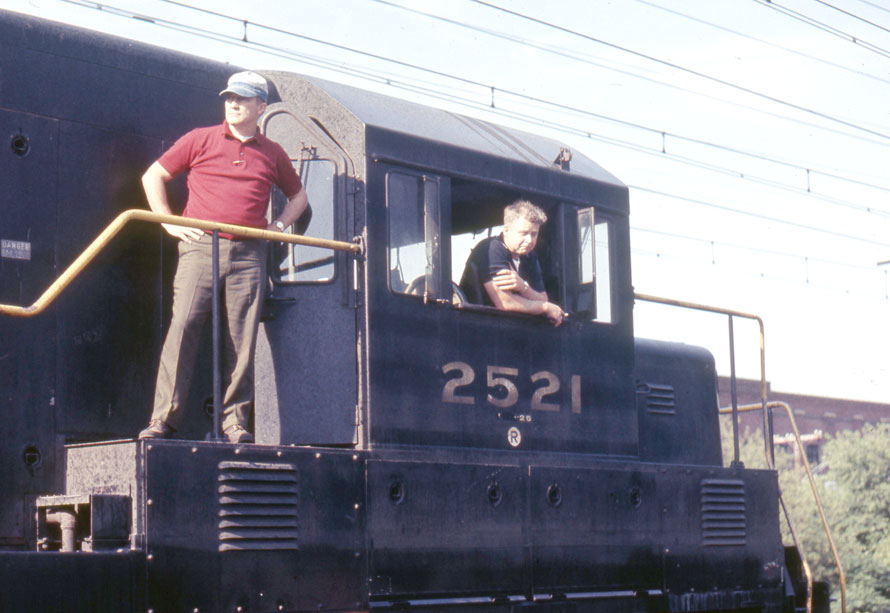
After leaving Oak Point, we had a slot of time to get through New Rochelle. The morning rush hour trains were running and we had to get to Stamford for our next stop to pick up cars. We would leave our train on track 2, head pin and go to the yard, make our pick up and after a break test, would shove out to our train on track 2, tie on, and head east to Bridgeport where we cut off and went into the east end of the yard. There was a diner up there where we would get coffee and some food. Then we grabbed a string of cars, shoved out to track 2, tie on and head east for New Haven. Next stop was the East Hump where we would drop the train head pin and bring the power back to the pit.
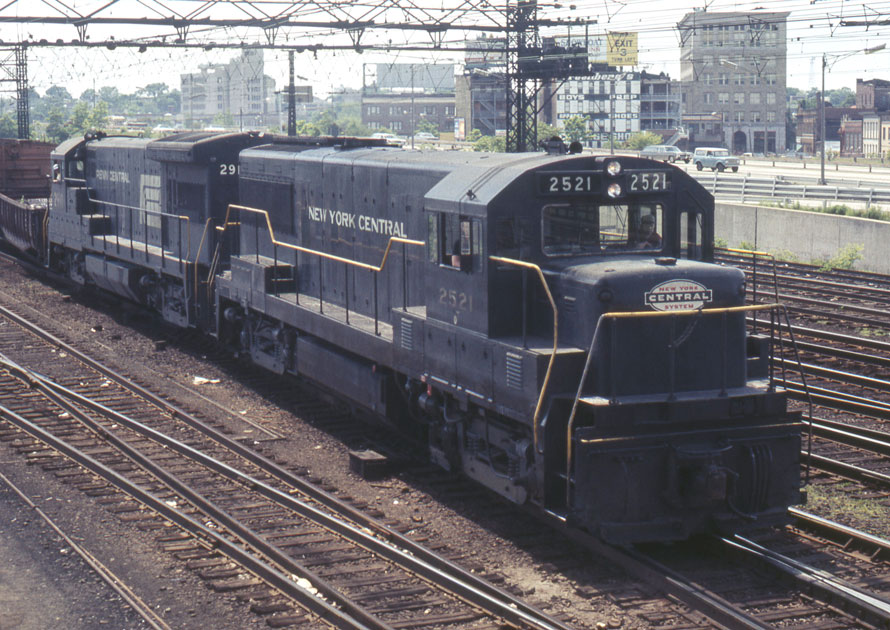
The paper work for the power would be taken care of by the engineer, the conductor left the way bills for the train with the hump Yard Master and we called it a day. You worked all evening, night and half the morning back then, went home slept and did it again the next night. I hired in 1970 and saw the hours of service reduced from sixteen to fourteen then twelve which was one of the best things to happen to Engine and Train crews.
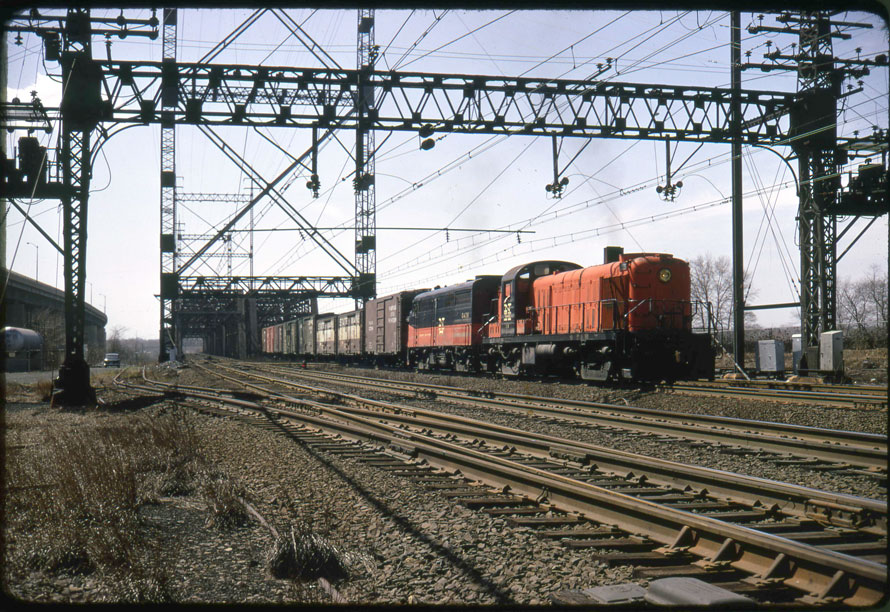
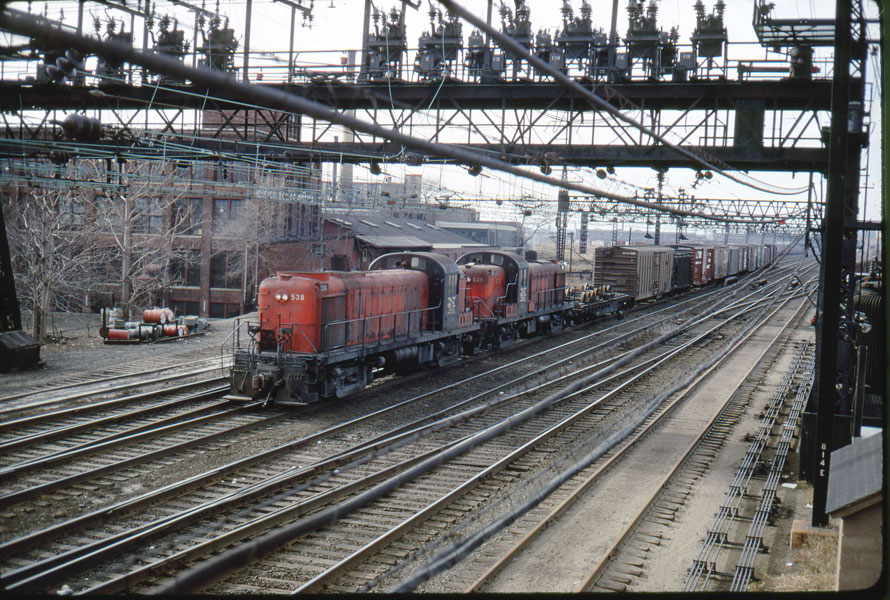
It’s been almost fifty years since what I told you about happened. As I always say, I am not writer, just a story teller. I hope you enjoyed this memory.
John Springer – Text copyright 2023
This story first appeared in the Penn Central Post, put out by the Penn Central Historical Society
Another FINE memory stirring rendition of the fun and challenge of railroading from the days of yore. It was a tough way to earn a living but we enjoyed it none the less. As we used to say, you weren’t a real engineer unless you had freight experience ! John you do a great job of storytelling. Thanks for the memories.
Thanks
Russ
I believe that the engineer standing on the walkway looking toward the rear of the engine was JOHN HOGAN in Bob Hughes photo
John: Thanks for the detailed story of a road crew’s “day”. I worked the east end of the system where at Attleboro Tower 2nd trick I would bring a freight from the New Bedford and Taunton branch onto the Shore Line headed to Northrup Avenue then Cedar Hill. I don’t remember its call sign but it sometimes was quite a few cars, maybe 80 or so. I was young and didn’t really understand how hard they worked, thought it was just fun. Also on 3rd trick I would leave the tower (crazy!) and ride with the guys into the industrial park just for something to do at 3 AM. By then (the 1970s) we had radios. Thanks again, your story helps others to appreciate that it was real work and not just playing with trains.
Fred Nystrom
Operator, Boston Div.
Fred I was the firemen on NU-2 UN-1 for awhile perhaps we saw each other in 73-74 then the engineer when they changed the job a bit in I think 75
I routed NH1 and HN2 at many towers between SS4 Market and SS44 Berk between 1965 and 1970.
John,
This is an amazing story and I would like your permission to republish it in the NMRA British Region magazine Roundhouse. Ask Edd Fuller who I am.
Peter Bowen
Peter get my email from Edd not a problem glad you enjoyed it
Great story John. And with Bob’s photos!
Thank you Sharon I really liked your dad met him at SONO tower we only had a few years of friendship sorry to say as difficult as it was for us I stayed in touch with him till the end, but I’m sure you knew that
Yes, my brother was great and told me good things about you.